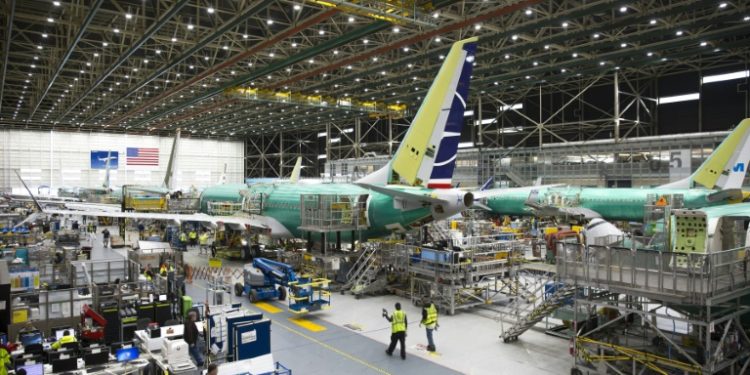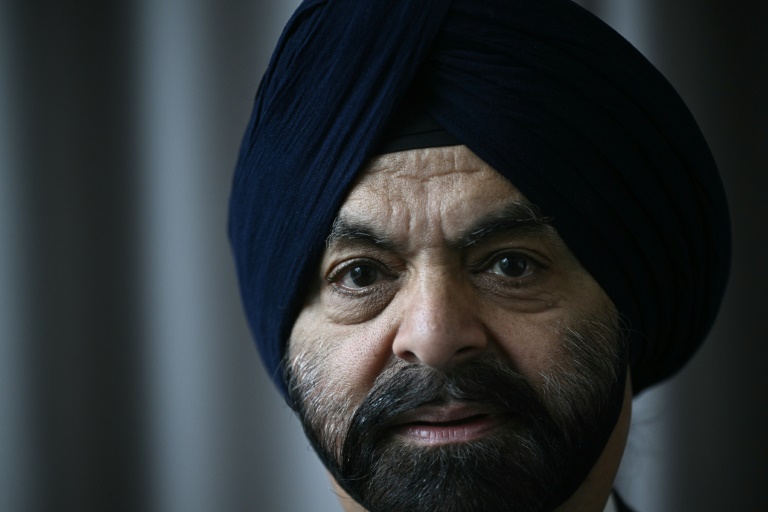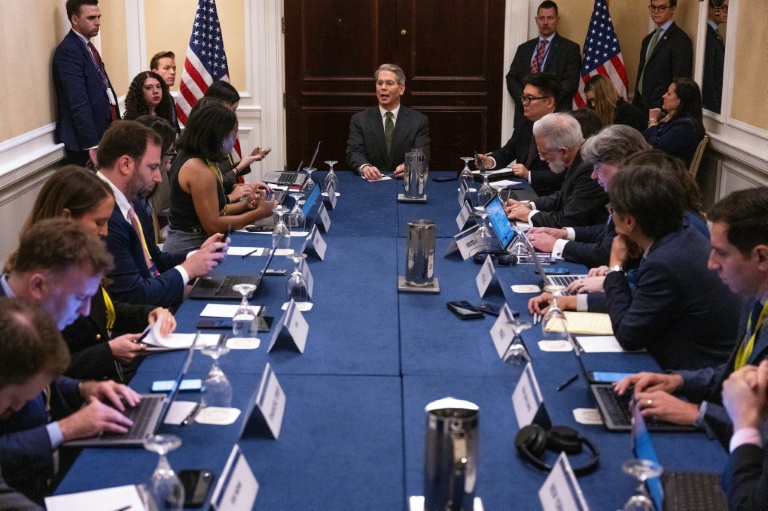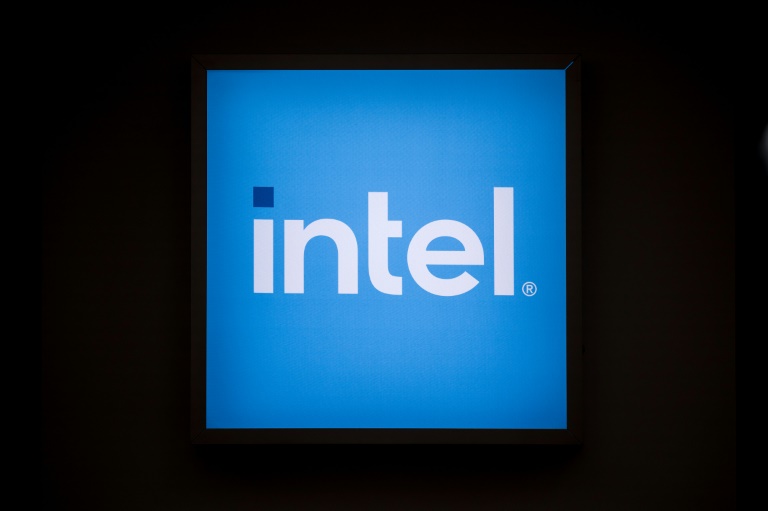New York (AFP) – Boeing announced that it plans to cut 10 percent of its workforce as it projected a large third-quarter loss amid a machinist strike in the Seattle region. The aviation giant must “reset our workforce levels to align with our financial reality,” Chief Executive Kelly Ortberg said on Friday, adding that the cuts of 17,000 positions globally “will include executives, managers and employees.” The company announced a series of belt-tightening measures and production delays as the nearly monthlong strike of 33,000 workers has added to the company’s litany of problems.
Boeing staff with the International Association of Machinists (IAM) and Aerospace Workers walked off the job on September 13 after overwhelmingly rejecting a contract offer. IAM officials did not immediately respond to a request for comment from AFP. Boeing, which has also faced significant scrutiny over commercial aviation safety lapses and stumbles in its Starliner space program, said the IAM strike contributed to $3 billion in pre-tax charges to its commercial aviation results in the third quarter, part of an anticipated loss of $9.97 per share.
“While our business is facing near-term challenges, we are making important strategic decisions for our future and have a clear view on the work we must do to restore our company,” Ortberg said in a press release. “These decisive actions, along with key structural changes to our business, are necessary to remain competitive over the long term.” Details of the cuts would come next week, he said. As a result of the strike, Boeing said it is pushing back the first delivery of the 777X to 2026 from 2025. The much-delayed jet was originally supposed to enter service in January 2020. The company plans to cease production of the 767 Freighter in 2027 once it completes production on current orders.
Ortberg also vowed to take “additional oversight” of Boeing’s troubled defense and space businesses, which will experience “substantial new losses” in the third quarter, he said in the message to employees.
– Criminal settlement questioned –
Ortberg joined Boeing in August after a leadership shakeup initiated in the wake of a January incident on Alaska Airlines in which a window blew out mid-flight, necessitating an emergency landing on a 737 MAX, the aircraft involved in two fatal crashes in 2018 and 2019. That led to the Federal Aviation Administration tightening oversight of Boeing’s production processes, capping the company’s output. Production on the MAX is now halted due to the IAM strike.
On Friday, a judge in Texas heard arguments on whether to approve a US Department of Justice criminal settlement on the MAX. Family members of MAX victims from the two crashes argued in court against the settlement, asserting that Boeing and former executives should be criminally prosecuted in a public trial. The IAM strike, meanwhile, has halted activity at two Seattle-area assembly plants. The striking workers are seeking hefty wage hikes and a reinstatement of their pension, complaining of more than a decade of near-flat wages amid inflation.
Ratings agency S&P estimated this week that the strike was costing Boeing $1 billion per month. On Tuesday, following two days of unsuccessful negotiations, Boeing suspended the talks, accusing the union of making unreasonable demands and withdrew its offer. Boeing’s most recent offer included a 30 percent wage hike. IAM’s negotiating committee said late Friday that Boeing’s withdrawal of its offer at the last talks “will only make it harder to reach an agreement.” “The fact they are complaining about our proposals shows their desperation and only proves to our members that we are fighting for them,” IAM said in a statement on X, without mentioning Boeing’s plan to slash 17,000 jobs. Shares of Boeing fell about 1 percent in after-hours trading.
© 2024 AFP



















